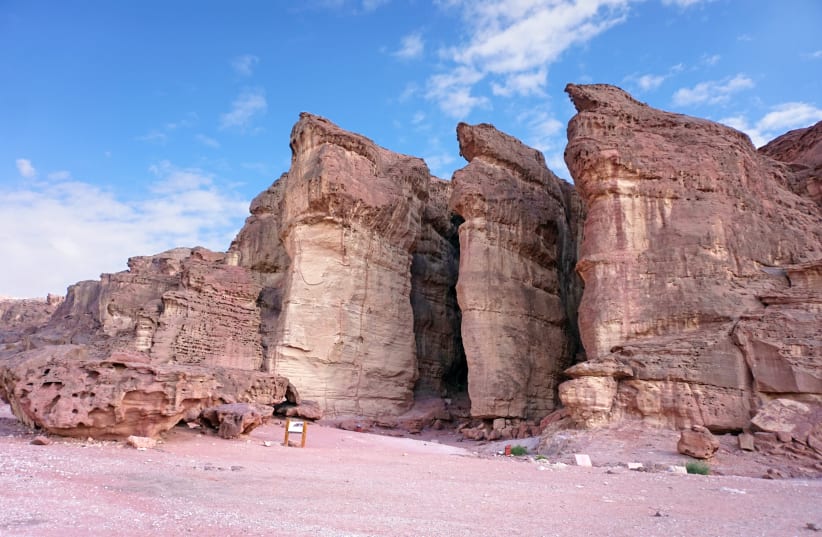For Hanukkah, Timna Park opens doors to public to join in excavations
The site contains remains of an ancient Egyptian copper mining industry, and is dotted with workshops, furnaces, tunnels, shrines and mining camps, dated to the 12th and 13th centuries BCE.
